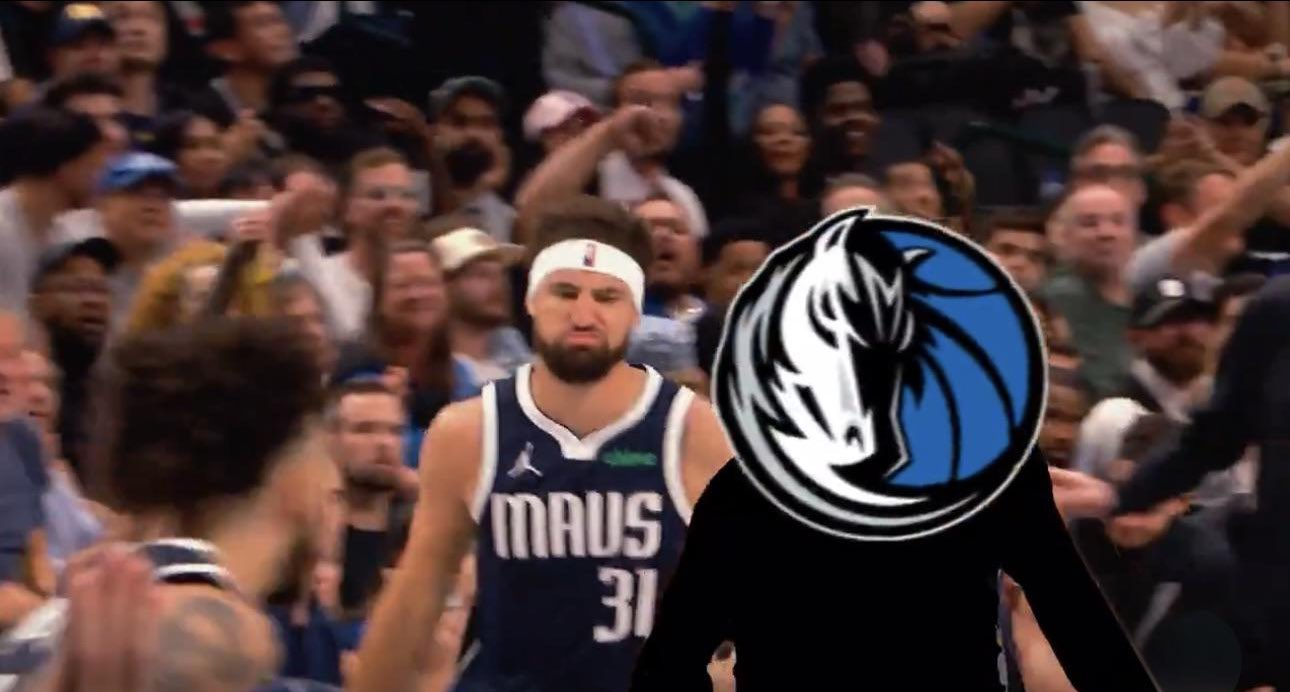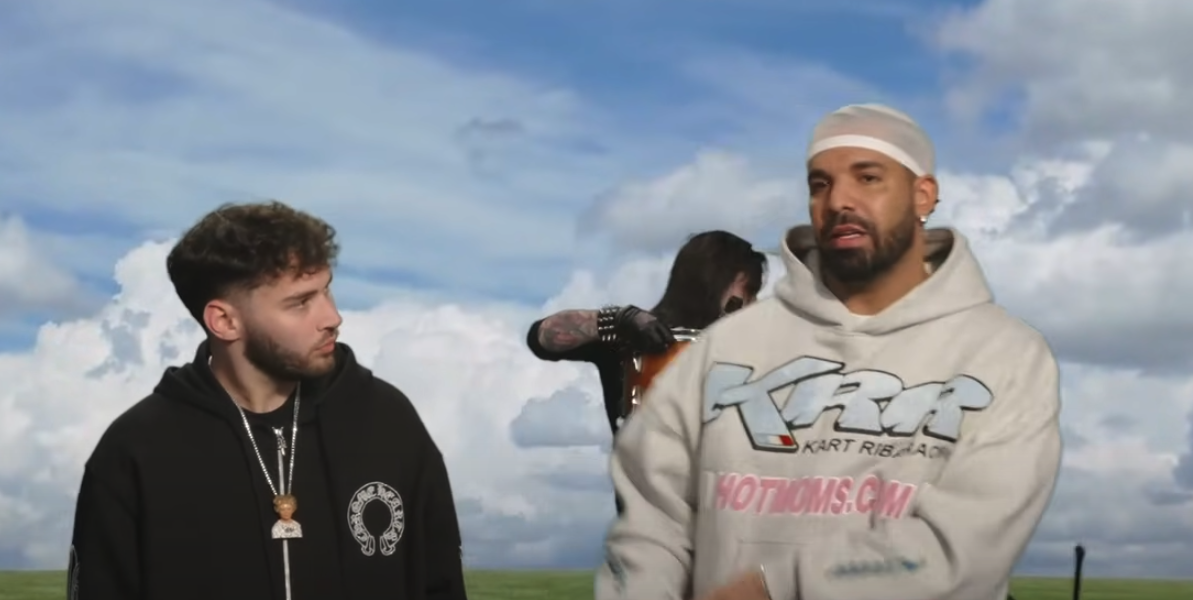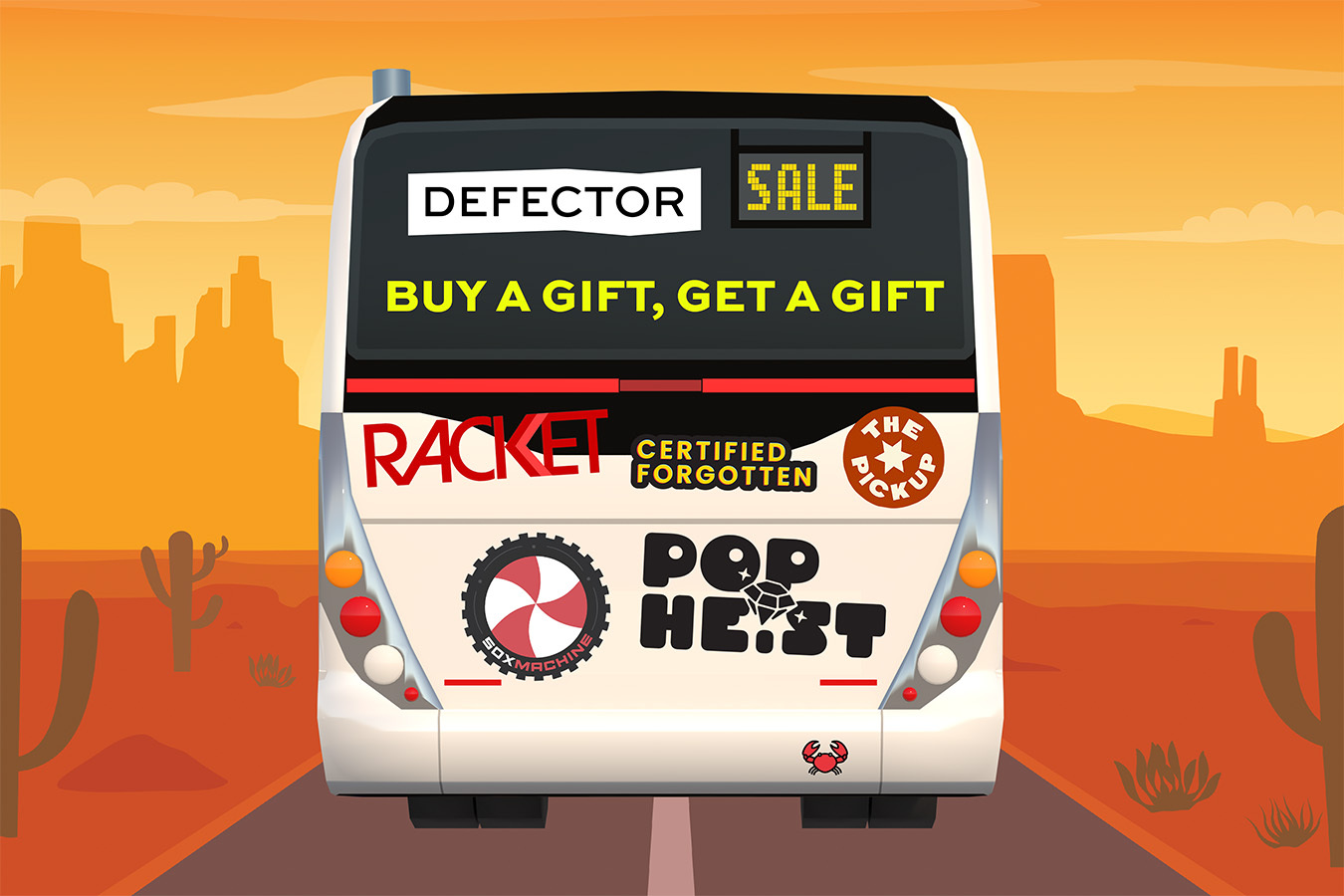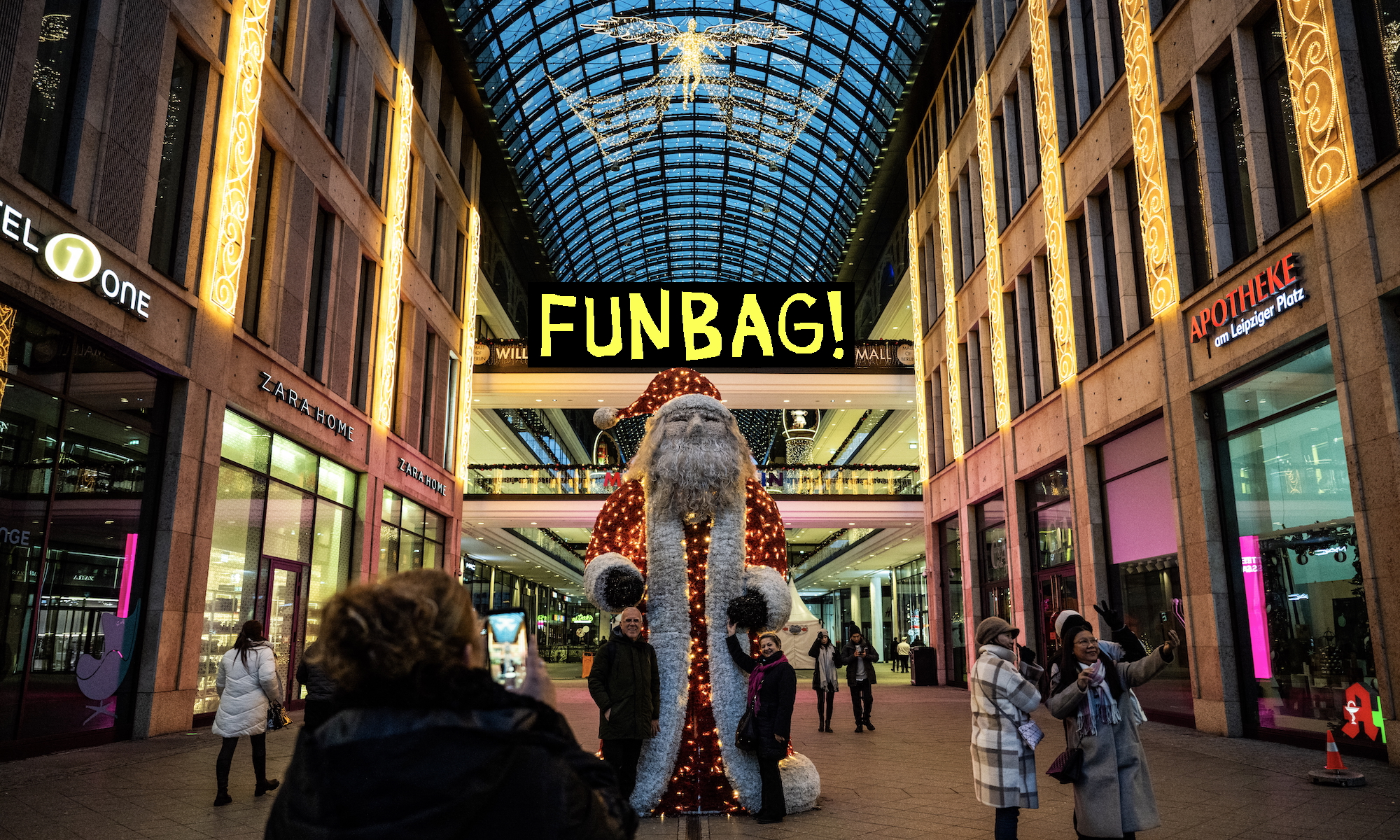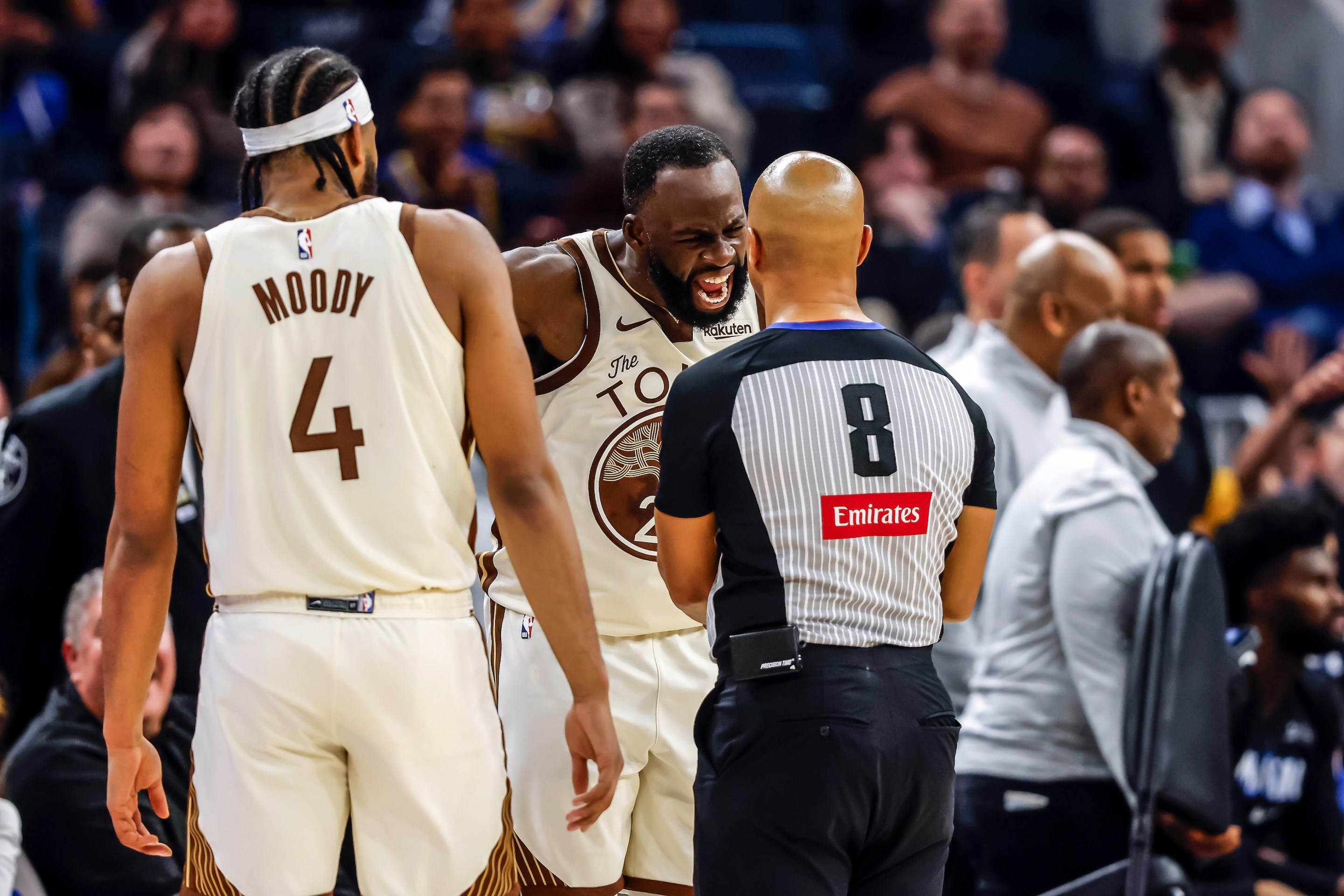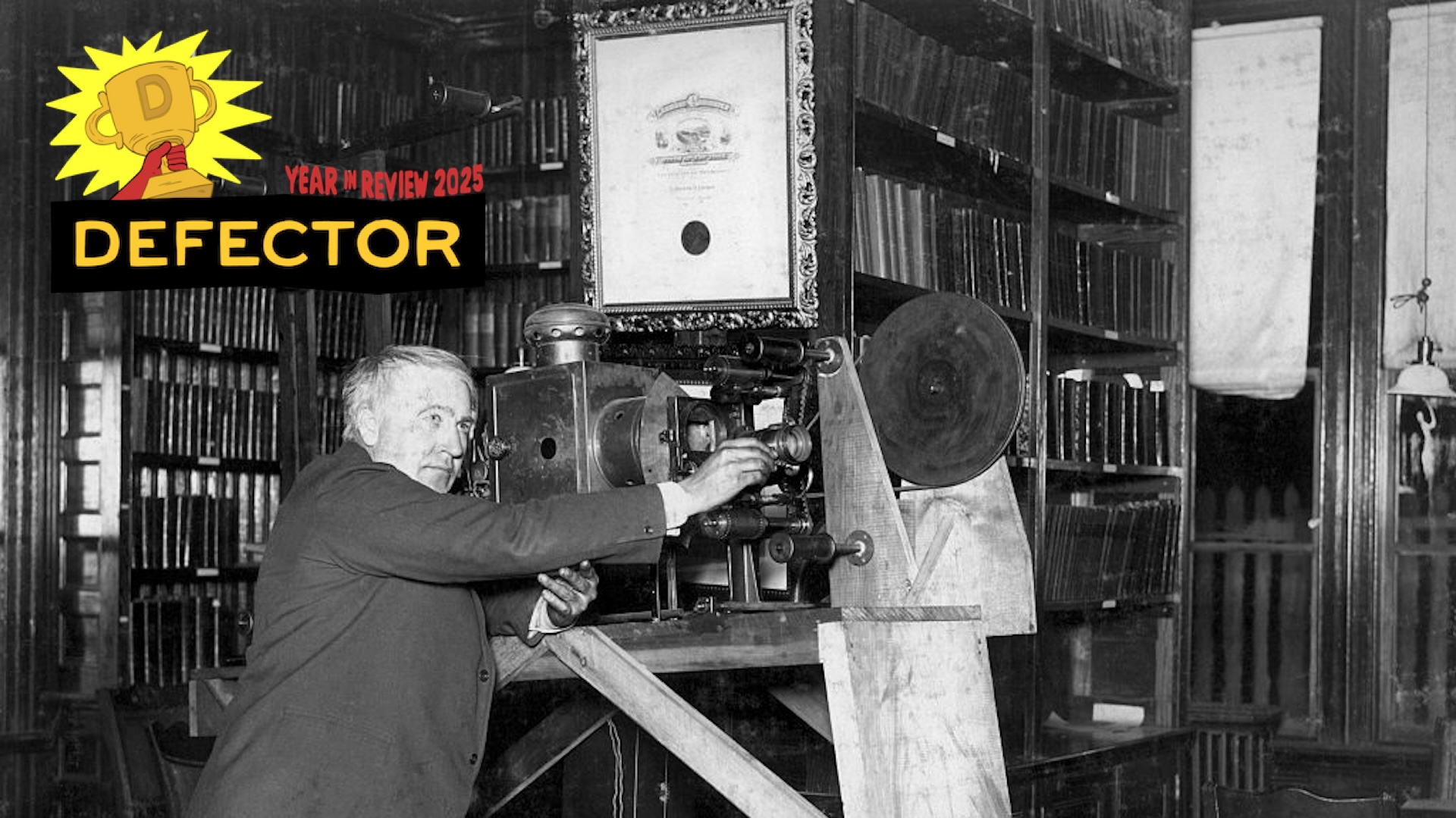The most compelling reasons not to trade Luka Doncic are not the administrative kind, but those reasons exist, too. Weaker-minded decision-makers would have been stopped by more urgent basketball and business considerations having to do with Doncic being a historically good player beloved by the team's fans, and dismissed the urge to deal Doncic as a fleeting call-of-the-void-type impulse. But the Dallas Mavericks' new ownership and GM Nico Harrison were able to see, beneath the jarringly ruddy exterior of the 25-year-old superstar who carried an otherwise unremarkable team to the NBA Finals just last season, a toxic and fast-depreciating asset that needed to be jettisoned 1) immediately and 2) in secret. That trade happened three weeks ago, which turned out to be much more time than was necessary for it to blow up on the Mavericks. Basically no one understands any of it.
And, again, that is just the top-line stuff. The deal itself might not have been anything more than the faulty whim of the team's bummy new ownership, represented in this case by a man who looks like the result of entering "business doll boy (real)" into an AI image generator, and facilitated by a GM with a dangerously advanced case of Contemporary Success Guy brain. It might just be one of those classic deals that instantly immolates a generation or so of fan goodwill and makes a team worse in both the near-term and long-term, made out of spite or boredom or just as the result of a decision-making process that is the result of having contracted some sort of debilitating brain spore from a Mar-a-Lago steam-table entree. This does not make it any easier to parse, to be clear, and also doesn't really explain anything. Also in retrospect that sort of trade is not really one of the classic kind of deals that exist, at least beyond the extent to which the Hindenburg could be said to represent one of the classic kinds of dirigible excursions one could have.
Anyway, the point is that the Doncic trade created problems for the Mavericks beyond infuriating and alienating fans and also making the team worse. Dallas just has to go on being a basketball team, which means doing all the ancillary things that basketball teams do. On Friday of last week, the Mavericks did one of those things when they released a two-minute hype video featuring the Dallas rapper Dorrough. It was, as these sorts of things go, pretty normal; in a genre in which the outer boundary is probably the New Jersey Nets bringing in Khia to flip "My Neck, My Back," which is a song about where specifically Khia wants to be licked, into a song about the Nets team that would lose to the Los Angeles Lakers in the 2002 NBA Finals, it takes a lot to stand out as a bad idea. And the song itself, "We Mavericks," is not bad on the merits as these things go; the Mavericks didn't make him re-record "Ice Cream Paint Job" so that it was about Dwight Powell's work in the community or whatever. It is not Dorrough's fault that the video was instantly jeered online and swiftly taken down, although the rapper did issue an apology for it on Friday.
The issue is not the song, but the presence of several ghosts—they are appear from time to time as humanesque black voids in the video below, with a floating Dallas Mavericks logo where their heads should be. Mavericks fans found the ghosts upsetting, and even offensive.
At first, this was because fans assumed, quite justifiably, that the ghosts in the video represented instances in which Doncic had been removed from highlights. That sort of thing is standard operating procedure for teams in situations like this, but fans were not inclined to extend that or indeed any benefit of the doubt given that the organization had just traded away its cornerstone star and slimed him as a problem eater on the way out. The symbolism, which was tonally and visually in line with the sort of elevated horror movie that is Actually About Trauma, was impossible to miss—even the team's brightest moments were haunted by the absence of their beloved, exiled star. His absence was visible, uncanny, persistent. Put the A24 logo in the opening credits and people would unquestionably be able to talk themselves into it being mournful, compelling, a triumph.
Except, as Dallas television station WFAA discovered, those uncanny silhouettes were not actually Luka Doncic's—they belonged to other Mavericks who were traded away at the deadline. (If you watch the video, you'll still see some signage depicting recent ex-Mavericks Josh Green and Maxi Kleber.) It would not be easy for a fan, let alone one who is already extremely and justifiably angry, to identify Kleber or Quentin Grimes by the shape of their silhouette, especially when an editor drops a Mavericks logo where their head should be. Fans made that mistake, and sites that aggregated that response had to alter some headlines and write some updates. That the Mavericks did not literally erase Luka Doncic from the video did little to make it feel any less true; that it was not really the literalized negative space left by Doncic floating through those highlights doesn't make that absence any less glaring. Even the reporting on it reflected this; WFAA's lede reads, "Mavs fans, we get it."
So here, then, is another reason not to trade Luka Doncic, above and beyond the negative impact such a move would have on the team and its fans—all this social media triage and Friday night public apologies from a local rapper wouldn't have been necessary if Mavericks fans could just watch the team's highlights without being reminded of the superstar who should be in them, and isn't.
